Conifers in landscape design: beautiful compositions
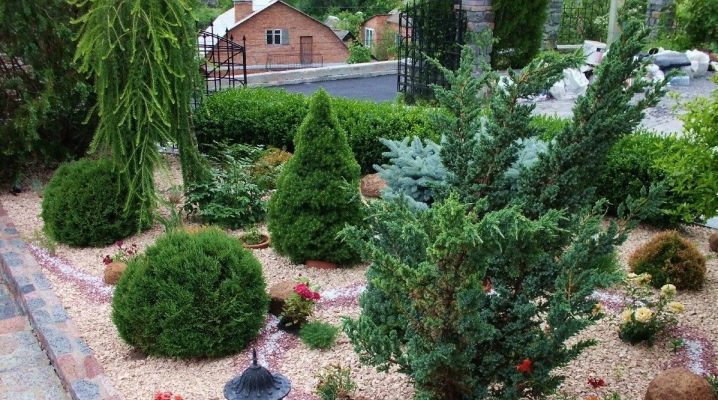
Modern landscape design offers many different types of conifers, among which even the most fastidious gardeners can choose. Conifers are always very popular among those who choose them for planting in a summer cottage or various country estates, because their wonderful smell always reminds of a real forest. With the help of conifers, you can create whole compositions or simply place them successfully on flower beds.
In addition, conifers are absolutely unpretentious, since they perfectly coexist, for example, with deciduous species of plants, and also look great on the lawn.

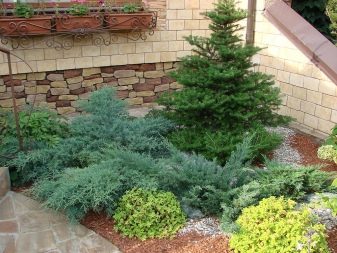
Features: pros and cons
Conifers, like any others, have their own advantages and disadvantages, which professional gardeners include:
- Conifers get along well where there is a lack of sunlight, so you should not be afraid to plant them, for example, behind the house, if you decide to create a small flower bed there.
- Most of the varieties of conifers "love" and accept a haircut, as a result of which they grow in the forms in which they are cut. Here you should not forget the basic rules of haircuts that gardeners use so as not to damage the plants.
- Some coniferous shrubs themselves have regular geometric shapes, so there is no need to cut them regularly.
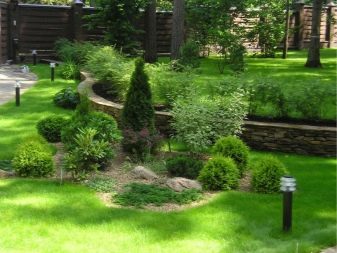
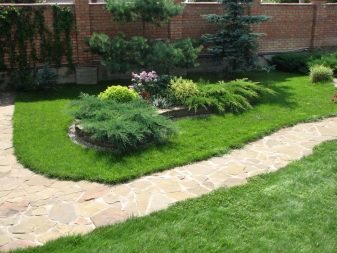
- Conifers are evergreens. They will delight you all year round. Such plants are often purchased not only for planting near the home, but also for planting near various public places. Conifers and shrubs look beautiful all year round and attract a lot of attention, especially if they are well-groomed.
- This kind of plants have a very good root system, thanks to which they do not require regular watering and can do without water for a long time. If you have very dry or stony soil with a touch of sand, then don't worry. Conifers will grow in such a land.
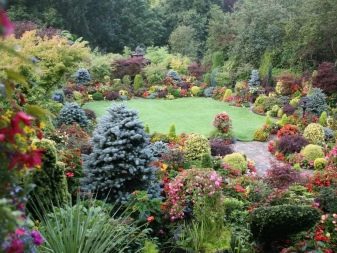

- Conifers can be planted one at a time, or you can create whole compositions with their help. Whole conifer hedges are very popular, but their full-fledged cultivation will take a lot of time and effort.
- Any areas with such plants will not leave your neighbors indifferent and will attract a lot of attention.
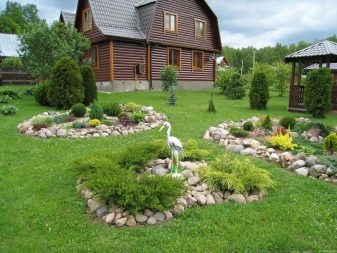

- A big plus is the pleasant aroma of conifers and their healing properties. According to many experts, conifers of different varieties have a very beneficial effect not only on the general condition of a person, but also on his health in general, and sometimes even contribute to the cure of certain diseases. But even if you don't believe it, it has certainly been proven that plants can filter the air, which is why it is so easy for people to breathe fresh and purified air in forests and parks.
The small disadvantages include the rather painstaking care of such plants, as well as the fact that they grow for a very long time to full-fledged shrubs and trees. This often takes years. Fast growing tree units.

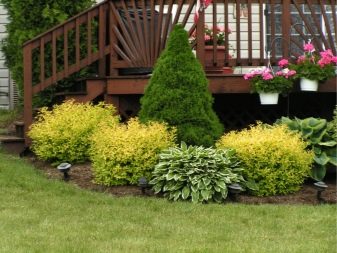
Views
Today in the world there are many varieties of conifers, but not all of them will grow in different climatic zones. First of all, a general classification of such plants should be given.
- Small and creeping. Small ephedra can be advantageously combined with medium or, conversely, tall trees. The smallest creeping plants include those with which you can even create a kind of lawn. Be sure to take a look at the Mini Pug mountain pine, this cushion pine has a very unusual appearance.
A very beautiful emerald-colored spruce called Lombers can certainly become the highlight of your garden.
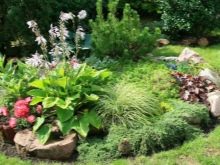
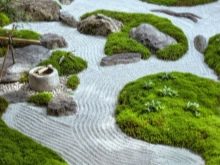
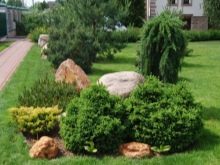
- Average. With the help of medium-sized conifers, you can decorate flower beds or make a small hedge near the house. For this, medium-sized spruce varieties are suitable, which are very unpretentious in care, but at the same time grow to medium size. For example, Konica spruce. We also recommend paying attention to the yew, which will definitely attract attention with its bright red berries. The golden yew, which has a cupped shape, looks no less attractive. In addition, it perfectly coexists with various plants. Western thujas are rounded. If you regularly look after them, then it will be simply impossible to take your eyes off the coniferous balls.

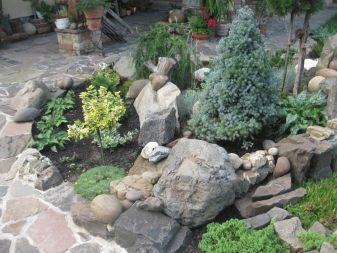
- High. The most demanded tall trees include: thuja western, tall juniper trees and pine. The spruce dove is also included here. Western thuja is ideal for planting even in the most shaded areas, because the lack of sun will not affect its growth. Very often, with its help, so-called living fences and hedges are made. Some pine varieties reach unprecedented heights and can be planted wherever you like. If you do not want a very high growth of a tree or shrub upward, then take care of regularly pinching the shoots of the plant. However, the pinching should be constant, otherwise your plant will grow in an incomprehensible shape and cease to please your eye.
Also, a popular variety of tall fir trees include the thorny Hoopsie spruce, which can grow up to almost fifteen meters.

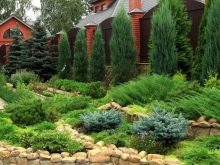
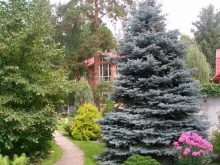
Color combinations
Combining plants of different colors allows you to get the most unusual and memorable color effects. If there are a lot of small coniferous shrubs in the garden, then a large spruce will stand out perfectly against their background. With the help of skillful transitions from different shades and shapes, you can create a truly royal garden right at home or in the country. However, all this requires a lot of patience and time.

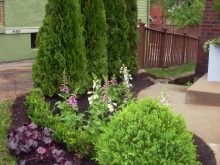
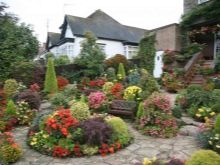
Complex landscaping requires special skill. In order to skillfully plant several plants next to each other in different colors and shades, it is very important to know how much this or that species loves the "neighborhood". In addition, you need to own the cutting technique and know how to properly water and care for conifers, as well as whether they should be covered for the winter.
In general, according to gardeners, it is quite easy to combine the colors of different conifers. The main point here is the presence of imagination, as well as the ability to experiment.

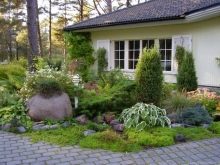
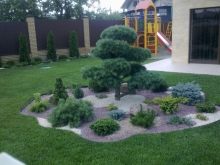
So, for example, the following conifers can become one of the options for a successful combination of trees: blue spruce, western thuja, medium juniper bushes and mountain pine. Of course, you can diversify any ready-made combination with other conifers, as well as, for example, roses and, finally, decorative stones.
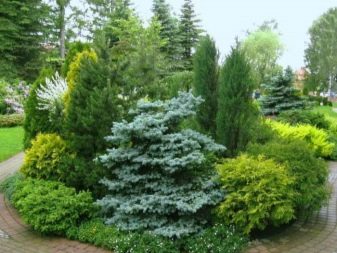
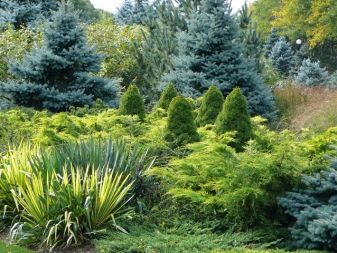
Create compositions
The most popular plants that are involved in the creation of ready-made landscape design compositions include the following conifers:
- Tui of various types. The most popular are: thuja western, eastern, thuja Danica and Morgan.
- Junipers. The most beautiful are Chinese, Cossack and scaly junipers. Each variety has its own varieties, which may differ in color and crown shape.
- Spruce. For planting in the garden, the most popular are oriental spruces with small but very beautiful needles, as well as bicolor spruces. It is also worth taking a closer look at the spruce called prickly Beloboka or the small Tompa spruce.
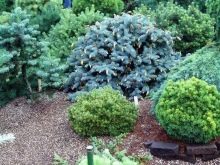
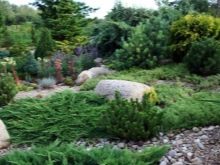
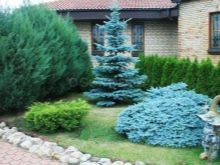
- Pine. Be sure to pay attention to the Italian pine. This variety is native to the Mediterranean, so planting in harsh climates will likely not survive. However, there are many other pine species that winter well in Russia.
If you are seriously going to do landscape design, then you should know what a mixborder is. A mixborder is a composition of different kinds of plants that frame a path or fence.
To create a composition correctly, you will need to be able to combine conifers with a lawn and ground cover flowers.
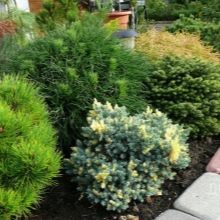
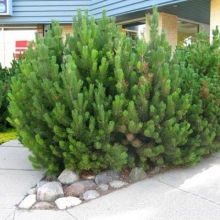
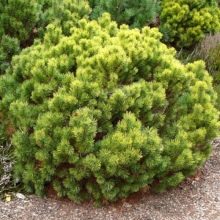
- If you decide to create a mixborder next to a path, it is best to use small and dwarf plants.
- Try combining conifers with different deciduous plants for something original.
- Flowers and shrubs of contrasting shapes and shades will surely attract attention, especially if they are correctly positioned.
- Shrubs of round and spherical shapes are perfectly combined with creeping conifers.
- Do not forget to correctly combine geometric shapes so that the whole picture of the plants turns out to be harmonious.
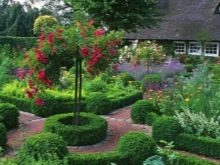
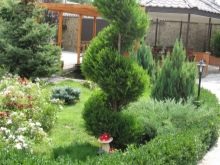
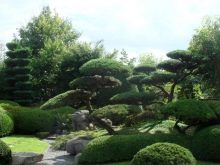
- Don't be afraid to create a mix of short and tall plants and trees.
- Smooth transitions of shades and shapes between conifers can be recreated if you use different breeds of them.
- As gardening practice shows, any conifers look most impressive next to water bodies, flower beds with bright and flowering plants, as well as with alpine slides.
According to many experts, it is best to orient one or another planting to the east or west. Particular attention should be paid to the fact that whatever composition you create, do not overload it.
The presence of different shapes and colors of conifers should be moderate.
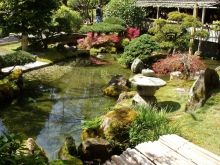
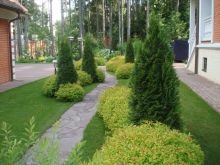
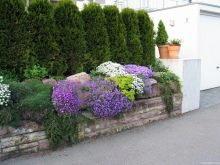
Ready-made composition solutions are best looked for in gardening magazines. And to create the perfect coniferous corner, it is best to use the services of real professionals who will surely select the right trees and shrubs for your site. They will talk about their proper care and share good advice, since beginners and amateurs do not always cope with creating the right composition on their own.

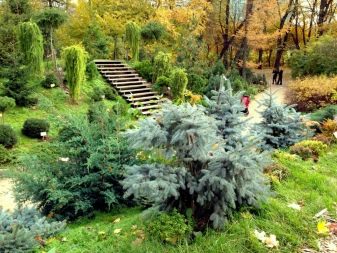
Coniferous compositions in a landscaped garden are very favorably combined with roses of various varieties, as well as with hydrangeas and rhododendrons. Especially in summer, combinations of conifers with flowers look truly great. Often, conifers are planted next to the barberry. In addition, conifers get along well next to deciduous trees and shrubs, and in color they can complement each other favorably.


We decorate flower beds and slides
To create and properly arrange an evergreen oasis in your garden, you should do the following:
- Choose a ready-made or independently develop a design for a future flower bed or slide.
- Decide which trees, shrubs and flowers you will plant, match them by color.
- If you do not have a very large plot, then mainly choose medium-sized and low-growing conifers, complementing them with flowers.
- You can pick up a lawn or creeping conifers as a base for a flower bed. An alpine slide can also be used as a base.
- To complement the flower bed, you can use all sorts of decorative stones, where a small pond can be located nearby.
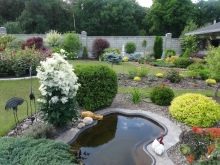
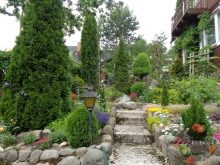

In order to properly arrange a flower bed and a hill, it is very important to know which plants will germinate there and plant them at a certain distance. This is done so that they can fully grow for many years. All plants, including conifers, must be in harmony, do not forget about the proportions of the flower bed.


Beautiful examples and options
- Conifers in the landscape design of a summer cottage always attract a lot of attention from guests and neighbors, especially if it is a hedge or a full-fledged flower bed, which has been properly looked after for years.
- Low-growing coniferous shrubs and hosts look very beautiful and unusual. With the help of semicircular and round semi-dwarf firs, you can make the most fabulous garden.
- Mountain pine is very often planted in large garden pots and displayed next to the entrance to the house.


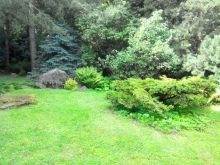
- The ordinary Inversa spruce will help create a magical atmosphere in your garden, because its appearance is really special. Such an ephedra does not have to be located with other trees, the spruce itself looks very unusual.
- A Serbian Christmas tree can be planted next to a fence as it grows very tall. The decoration along the house can be done using low-growing shrubs, alternating them with different colors, for example, with roses.

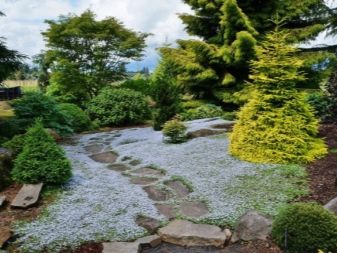
- If you just want something beautiful, then a Canadian Christmas tree in the garden will be very useful. In order not to worry about what plants to supplement it with, just put garden stones next to it.
- Spruce Nidiformis looks great without neighboring plants, often its appearance itself does not require unnecessary additions. Ideal for those who want to create a minimalist garden with nothing superfluous.
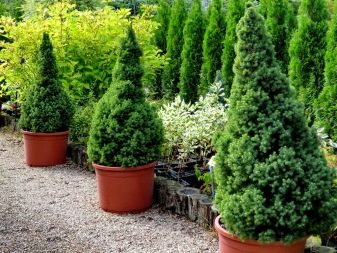
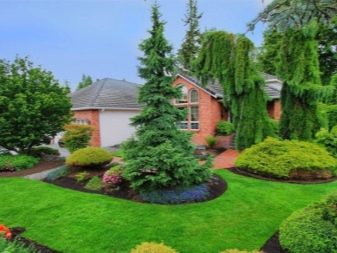
For information on how to make beautiful compositions from conifers, see the next video.



































































The comment was sent successfully.